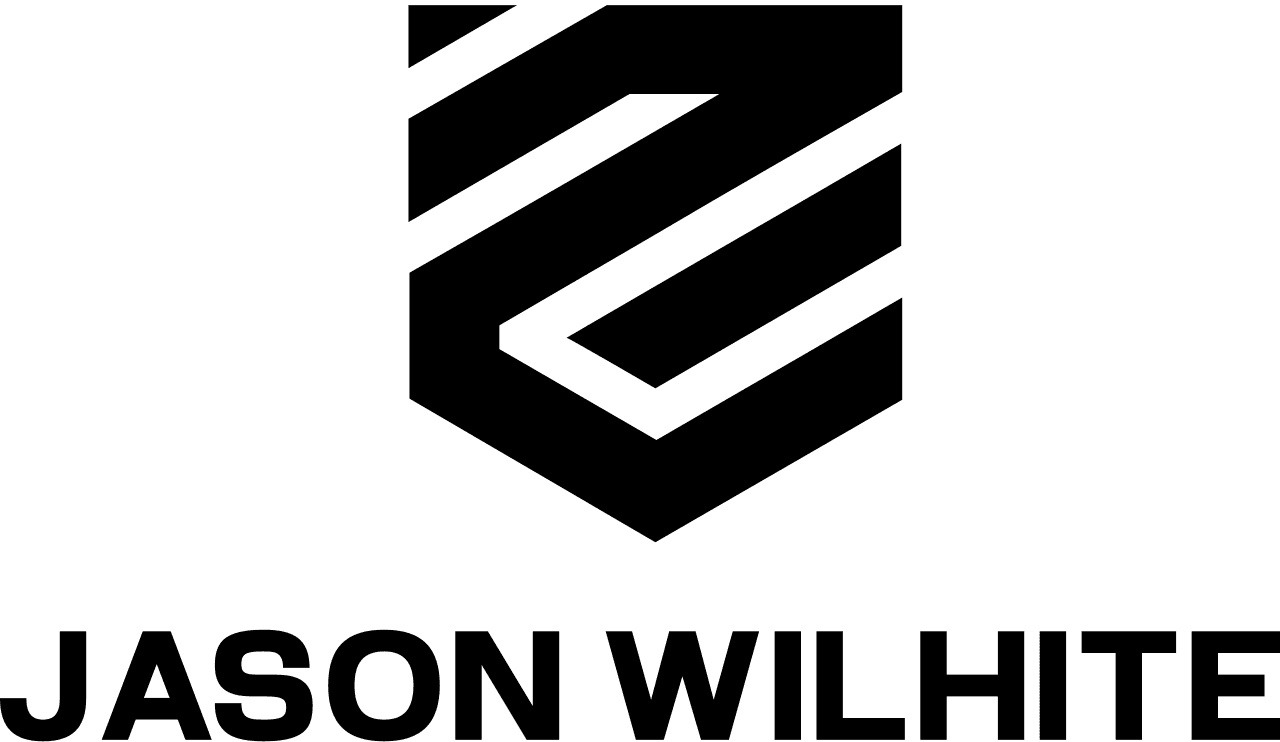Seasonal Business Loans: Preparing for Financial Peaks and Valleys
Understanding Seasonal Business Loans
For many businesses, the ebb and flow of customer demand can lead to financial peaks and valleys. Seasonal businesses, such as those in the tourism, agriculture, or retail sectors, often face these fluctuations more acutely. This is where seasonal business loans come into play, providing essential financial support to bridge the gap between busy and slow periods.
Seasonal business loans are designed to help manage cash flow, purchase inventory, or cover operational costs during off-peak seasons. They ensure that a business can maintain operations and prepare for the next peak without financial strain.

Benefits of Seasonal Business Loans
The primary advantage of these loans is the ability to maintain cash flow throughout the year. Businesses can use these funds to cover expenses such as payroll, rent, and utilities when revenue is not as strong. This financial cushion allows businesses to plan more effectively and avoid overextending themselves during slower periods.
Another benefit is the ability to purchase inventory at the right time. For example, a retailer might need to stock up on winter apparel well before the cold season begins. A seasonal loan can provide the necessary capital to take advantage of bulk discounts and meet customer demand.
Types of Seasonal Business Loans
There are several types of loans available to seasonal businesses, each with its unique features. Here are a few common options:
- Term Loans: A fixed sum of money borrowed from a lender, paid back with interest over a set period.
- Lines of Credit: Offers flexibility to borrow up to a certain limit and only pay interest on the amount used.
- Merchant Cash Advances: Provides a lump sum in exchange for a percentage of future credit card sales.

Preparing for Financial Peaks and Valleys
Effective planning is crucial for managing the financial ups and downs of a seasonal business. Here are some steps to consider:
- Analyze Sales Trends: Review past sales data to predict future demand accurately.
- Budget Wisely: Allocate funds for essential expenses and build a reserve for unexpected costs.
- Negotiate with Suppliers: Secure favorable terms to optimize cash flow year-round.
By taking these steps, businesses can better anticipate their financial needs and make informed decisions about when and how much to borrow.
Choosing the Right Lender
Selecting the right lender is as important as choosing the right type of loan. Look for lenders who understand the nuances of seasonal businesses and offer flexible terms. Compare interest rates, repayment schedules, and any additional fees before making a decision.

Additionally, consider building a relationship with a lender who can offer ongoing support and advice tailored to your business's unique challenges.
Conclusion
Seasonal business loans are invaluable tools for managing financial peaks and valleys. By understanding your business's cash flow needs and selecting the right financing options, you can ensure stability throughout the year. With proper planning and the right financial partnerships, your business can thrive in both busy and slow seasons.
